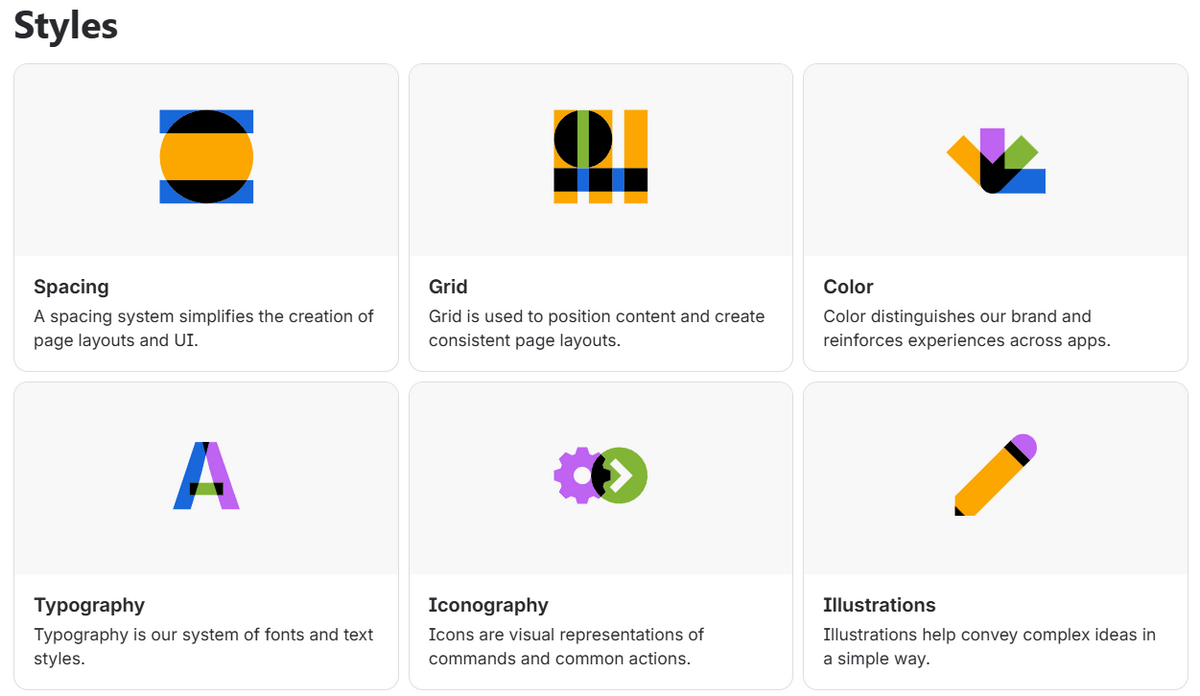Do you know that over 60% of consumers feel positively about brands that maintain a consistent visual presentation across their touchpoints, whereas 84% believe this quality enhances the brand's credibility?
Website design consistency is a powerful force that significantly influences customer relationships and a company's overall brand presence and reputation. It is a driving force that underlies growth, conversions, retentions, and a strong client base. As an instrument that ensures the user interface is predictable, intuitive, and simple to navigate, it is essential for businesses regardless of age, scale, or niche.
Capitalizing on consistency potential requires companies to adopt a holistic approach. From perfecting their understanding of their core principles to gaining fresh insights from real-life examples, companies must have a comprehensive knowledge base to make informed decisions. Today, we will cover the basics: the fundamentals of the concept, practical steps for beginners, and several examples to give you a head start.
Defining Web Design Consistency
Consistency in website design refers to the quality of the user interface, which behaves similarly and maintains the same performance and effectiveness, regardless of the user's technical environment. It implies that every branding unit design remains uniform and predictable through visual identity, products, and campaigns, ensuring an intuitive user experience across multiple communication channels and touchpoints.
Consistency refers not only to aesthetics but also to functional and visual consistency. The key principles of web design imply using consistent visual elements like coloring, typography, iconography, fundamental blocks like layout, structure, information hierarchy, functionality like forms, chats, and navigation menus, and standardized UI elements. Partnering with a top web design company helps ensure that consistency is appealing, functional, accessible, and scalable across every touchpoint.
Key Benefits of Consistent Website Design
Maintaining consistency in website design aligned with the brand identity offers numerous benefits, reinforcing the company's market presence and empowering marketing strategies, growth, and development. Just consider what it can do for your business.
Increased engagement and retention
Do you know that engaging daily with your prospects through consistent web design and brand message delivery may dramatically increase organic reach? The recent surveys indicate that a cohesive company's visual presentation drives high engagement rates. Another study suggests that consumers are more likely to interact with and choose a brand over others that maintains regular, authentic, and cohesive connections with them, primarily through digital platforms.
The reason for that lies in human psychology. Consistency in communicating the company's vision, mission, and values through a branded visual identity in web design fosters familiarity, enabling users to connect with the brand personally and establish healthy relationships.
This familiarity sparks trust and credibility, which are crucial to turning prospects into active brand supporters. It keeps users engaged and enhances brand recall and recognition, resulting in a strong emotional connection with the company and a dramatic boost in retention and repeat purchases.
Smoother user journey
Consistency in web design underlies the predictability of interface units' behavior and the overall user experience, whereas uniformity of UI maintained across platforms and products simplifies navigation and searchability. This decreases the learning curve, reduces information and cognitive overload, and ultimately enhances understanding of the design and functionality, making the exploration of a website intuitive, simple, productive, enjoyable, and meaningful.
By anticipating what will happen next, users may easily handle new sections, interactive elements, and touchpoints, getting the most out of the communication channel. They do not need to learn UI elements in different contexts; instead, they can quickly get the hang of them with minimal effort and focus their mental energy on their tasks. This improved usability and predictable experience create a reliable and seamless user journey with the correct message interpretation, leading to greater confidence, comfort, and brand satisfaction.
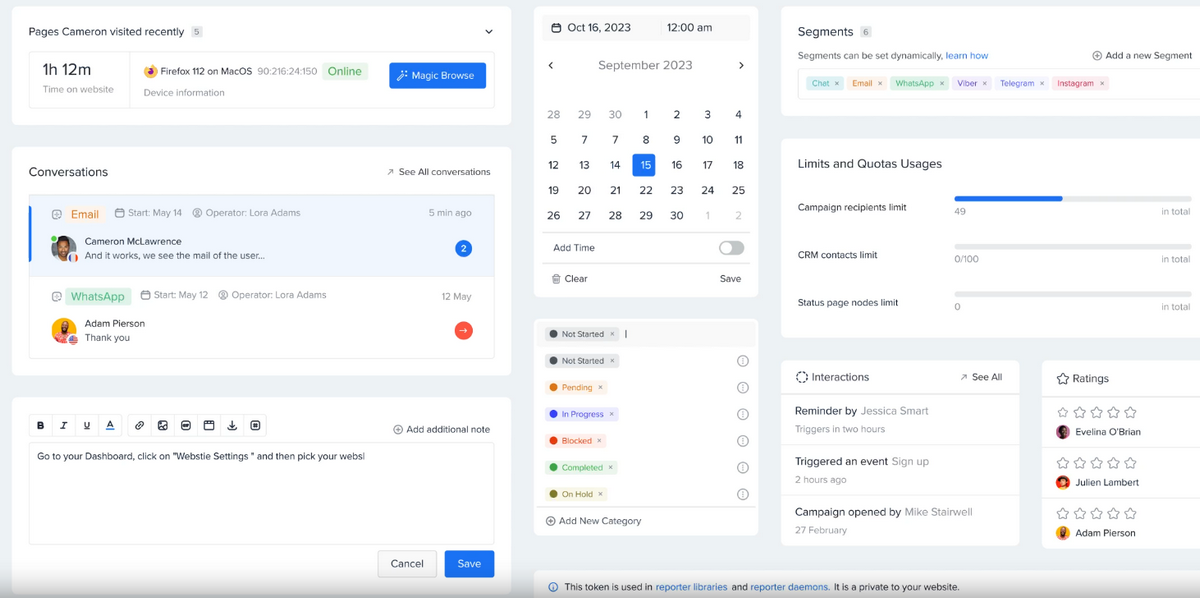
Consistency in web design UI (project by Anna Melishina)
Stronger conversion rates
As we have already mentioned, consistency in website design fosters predictability in every unit's behavior. It provides visitors with simple and intuitive tools to explore the portal, complete tasks without frustration, and find what they want with minimal effort and time. The reduced friction, confusion, and information overload, in tandem with a familiar, reliable, and friendly environment, builds trust and credibility.
This positive and seamless experience, which creates a strong, meaningful impression, encourages users to spend more time on the platform and closely examine the products and the brand's vision and benefits. The longer customers stay on the website, the more likely they are to convert and take action, such as making a purchase, leaving a comment, or subscribing.
To achieve stronger conversion rates, it is crucial to provide a simplified workflow and functionality based on a consistent web design and strategically place prominent, clear, and action-oriented buttons and forms.
Professional and modern appearance
A consistent visual identity is one of the best ways to remain unique, authentic, and, most importantly, friendly, especially in digital spaces renowned for their rich diversity of media and communication channels.
Investing in brand-aligned, coherent website design makes the business look serious, organized, and reliable. The modern, uniform, and well-elaborated web presence signals competence and professionalism – qualities people tend to associate with reliability and authority. Therefore, it naturally increases trust, strengthens brand recall, and improves recognizability.
When prospects encounter a consistent brand presentation with a professional appearance across all touchpoints, they become more familiar and closer with the business and its products, eventually becoming fans.
How Beginners Can Achieve Web Design Consistency?
So, how can consistency in website design be achieved that promises multiple benefits for the company? The best way is to hire one of the top web design companies, as their professional team knows the ins and outs of the concept. However, if you prefer to handle everything independently, here is a breakdown of the essential steps your startup needs to take.
Study the mockup thoroughly
Start by analyzing the mockup thoroughly. Inspect every tiny detail, including layout, information architecture, structure, animations, interactivity, iconography, and dynamic effects of the user interface. Consider them from different perspectives: usability, accessibility, color theory, psychology, readability, responsiveness, mobile-friendliness, functionality, navigability, brand alignment, general standards, and marketing specifications.
This way, you will not only save time and money by eliminating mistakes and inconsistencies in brand presentation on the web, but also surface and eliminate weaknesses that might compromise the coherence of brand presence and communication of the key message. You will also create a roadmap for the development team, improve quality, and ensure goal achievement.
Use pen and paper for conceptual sketching
Brainstorming and ideation are two vital stages that help business owners and stakeholders translate their brand visions and mission into a tangible, understandable format, encouraging others to contribute to the process and develop concepts that comply with their philosophy, personality, ultimate goal, standards, and technical specifications.
Using pen and paper, they might easily and quickly explore different ideas and conceptualize their vision through rough sketching, enabling designers to brainstorm, analyze, and iterate on solutions. They also create a clear visual language that prevents chaotic design decisions, improves communication, fuels innovation, and facilitates collaboration and problem-solving processes.
Plan and structure CSS classes
The thorough understanding of the user interface mockup and productive brainstorming stage leaves the company with a solid foundation of approved vision-centric sketches. The next step is to convert these conceptual drawings into working web-based components using HTML and CSS coding.
However, planning and structuring CSS classes is essential before you start converting sketches into CSS styles. They must remain coherent and brand-aligned as a reusable set of style rules that will be applied to HTML elements across various web pages and applications. Therefore, companies must elaborate on the standardized styles and CSS classes and build a logical class naming system.
Styles
Create and maintain a global elements page
The global element is the cornerstone of web design efficiency, flexibility, and adaptability to trends and new approaches. It is a web interface component used across multiple pages on the platform, updated to meet the company's current branding, marketing, or advertising requirements. It could be a header, hero area, form, call-to-action button, slider, typography, or footer.
As the main bricks of web design appearance, they stand behind uniform design outward; therefore, they must be aligned with the brand identity, inspire a sense of authenticity and credibility, and meet quality standards.
Establishing global elements includes four steps:
- creating or selecting the specific UI unit,
- assigning or deciding on the position of the component of the structure and information hierarchy,
- placing or adding an element to the position,
- and synchronizing or making modifications.
Think before implementing changes
Changes happen all the time. With constant market fluctuations and ever-emerging trends, businesses encounter regular shifts in customers' preferences, needs, and behavioral patterns. Responding to these alterations promptly is crucial to maintain a professional, modern look that enhances trust and credibility, remains functional and user-friendly, and ensures consistency in the brand's message delivery.
However, not every change must be addressed. It is essential to evaluate each one to avoid random design adjustments that might ruin overall aesthetics, consistency, and authenticity, causing wasted resources.
To make an informed decision, it is highly recommended that you evaluate the change from the following perspectives: user behavior, usability, responsiveness, mobile-friendliness, visual appeal, brand identity, performance, accessibility, and legal compliance.
Maintain brand consistency across pages
Consistency in design implies maintaining brand coherence across all platforms' pages and user interface units. Businesses must ensure adherence to visual, functional, and textual content site-wide. They must keep color schemes, typography, voice, tone, iconography, graphics, navigation cues, structure, layout, architecture, and information hierarchy in sync with the brand identity.
Site-wide brand consistency starts with creating a comprehensive brand guideline. This involves taking these steps:
- define your brand personality and identity,
- analyze the target audience's preferences and expectations,
- create a style guide for every unit,
- implement a visual content system,
- conduct regular audits and make adjustments.
Align with web accessibility standards
Accessibility has become crucial to a digital company's presence and presentation. Aligning brand guidelines and the branded website with accessibility standards is essential for several reasons.
First, with accessible web design, companies meet general quality standards, improving overall user experience.
Second, they comply with international regulations as more countries enforce laws mandating web accessibility. Businesses that ignore this might face discrimination claims that ruin their brand reputation, legal repercussions, and fines.
Third, designing for inclusivity increases the company's authority and strengthens trustworthiness and credibility among consumers.
An accessible website yields tangible benefits, including increased search engine ranking, enhanced SEO performance, a broader audience, lower maintenance costs, and higher retention rates.
Practical Examples of Web Design Consistency
Consistency involves creating coherence among all visual elements used in communicating messages and interacting with customers on the digital platform. From tiny navigation cues, such as a hamburger button, to a huge dynamic hero area, every detail must contribute to the overall intuitive user experience. Industry leaders provide several practical examples to give you some fresh insights.
Citizens Advice Bureau
The official website of the UK Citizens Advice Bureau is an excellent example of award-winning, consistent design. Their dev team has created a unified style for all user interface elements to foster intuitive navigation, streamline interaction, and ensure a positive, intuitive, and productive user experience where every visitor may navigate the landscape and fetch necessary information with minimal skills, knowledge, effort, and time.
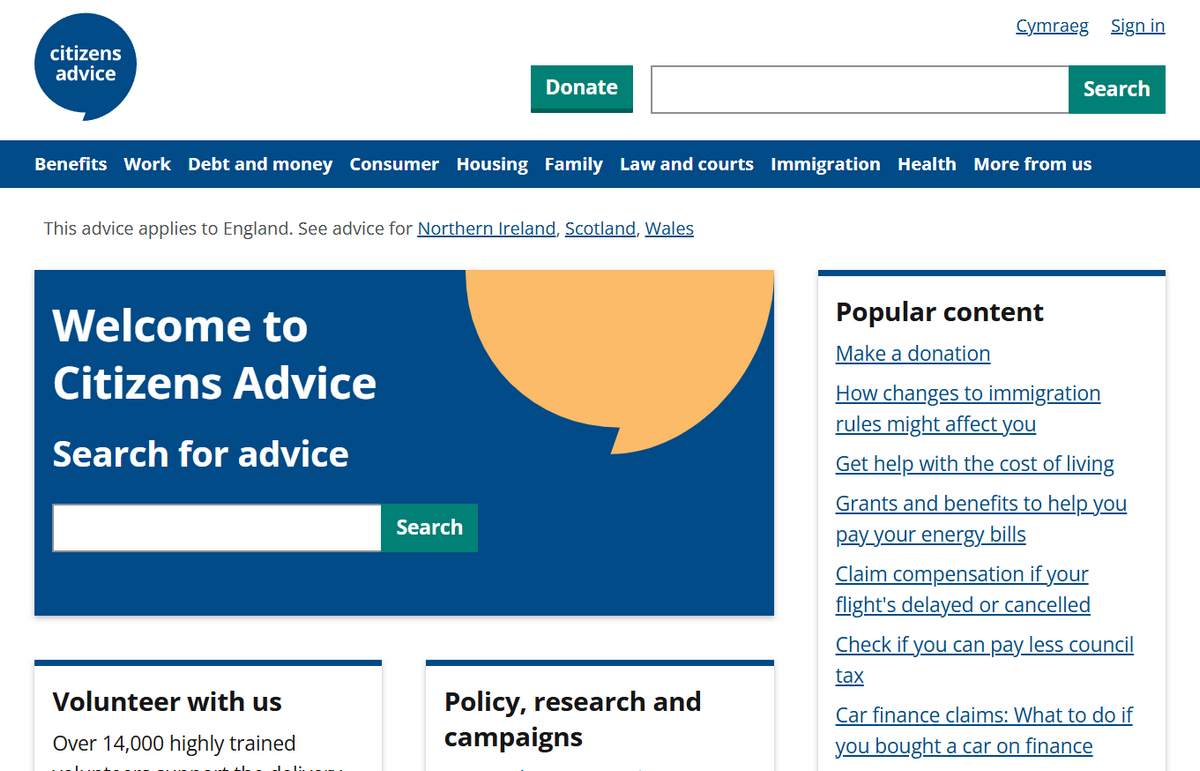
Shopify
Consistent design elements strategically spread across the digital platform are the best way to improve the user journey and make customers' exploration practical, productive, meaningful, and valuable. Maintaining the same behavior for key units like navigation, iconography, or call-to-action buttons simplifies steps, processes, and workflows, making products and the system familiar and intuitive.
A good example is Shopify and its approach to creating e-commerce websites. Their product's interfaces, both on the back and the front, provide users with the best user experience, fueled by the predictability and intuitivism of consistency in web design.
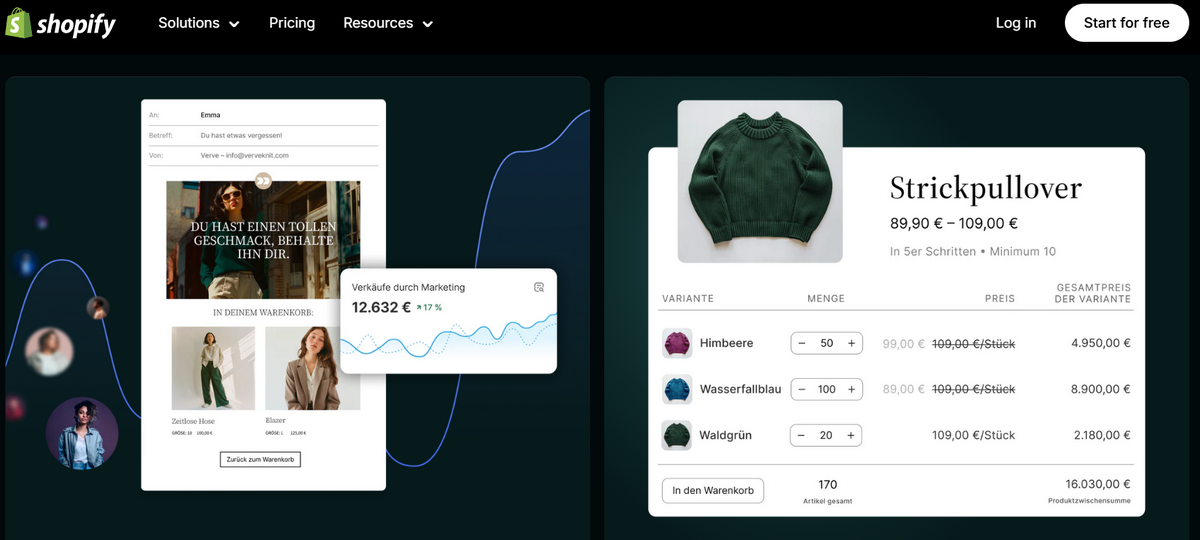
USA Gov
Many U.S. government websites are great visual, contextual, and functional consistency examples. As official digital platforms of state institutions, they follow the best practices to meet quality standards, laws, and regulations.
As a rule, they prioritize accessibility, responsiveness, mobile-friendliness, readability, optimization, and consistency in their user interfaces. This allows them to ensure a predictable user interface and offer visitors with various abilities a comfortable environment to address their issues and access important information with minimal effort.
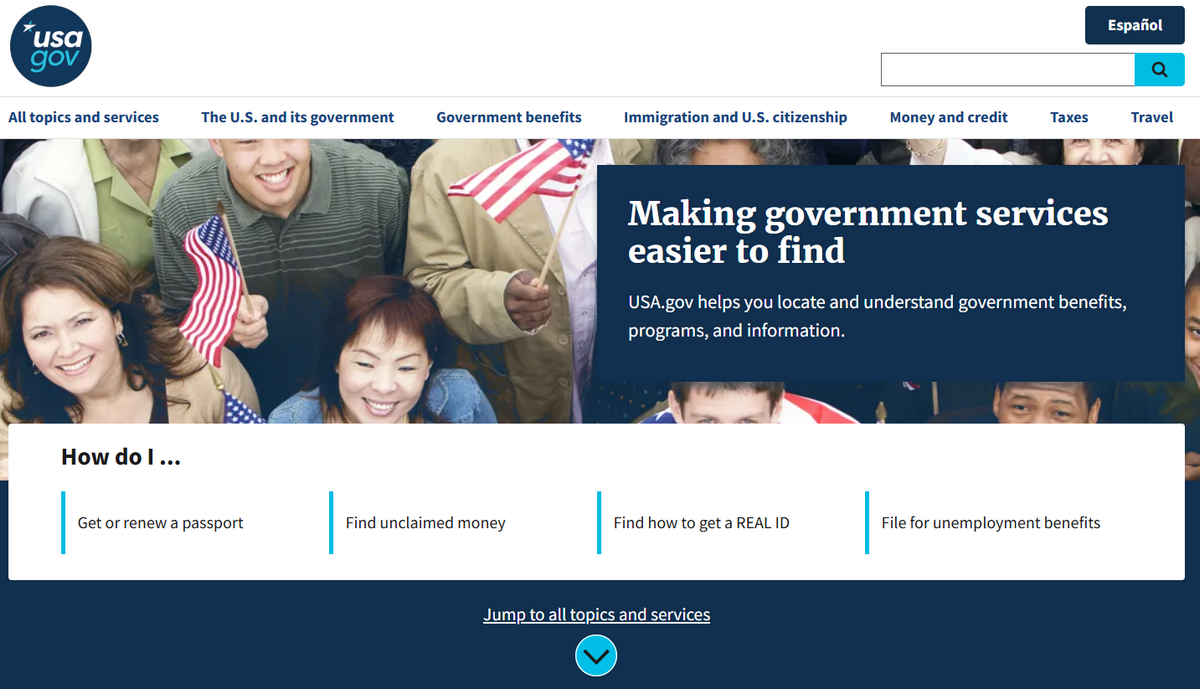
Conclusion
Consistency in web design refers to the ability of a user interface to behave and look coherent, maintaining the same performance site-wide, regardless of the user's technical environment and preferences. It goes beyond aesthetics and covers functional, structural, graphical, and textual content.
Visual consistency helps to create uniformity that aligns with brand identity, ensuring predictable user interface behavior and creating an intuitive and user-friendly environment for consumers. This inspires trust and credibility, drives engagement, improves usability, fuels conversions, and turns prospects into customers and brand advocates.
Regardless of your company's age and scale, you can instill this quality in your web design by applying the step-by-step methods described in our guide and hiring professional assistants to eliminate the hidden inconsistencies.
Sep 23, 2025
